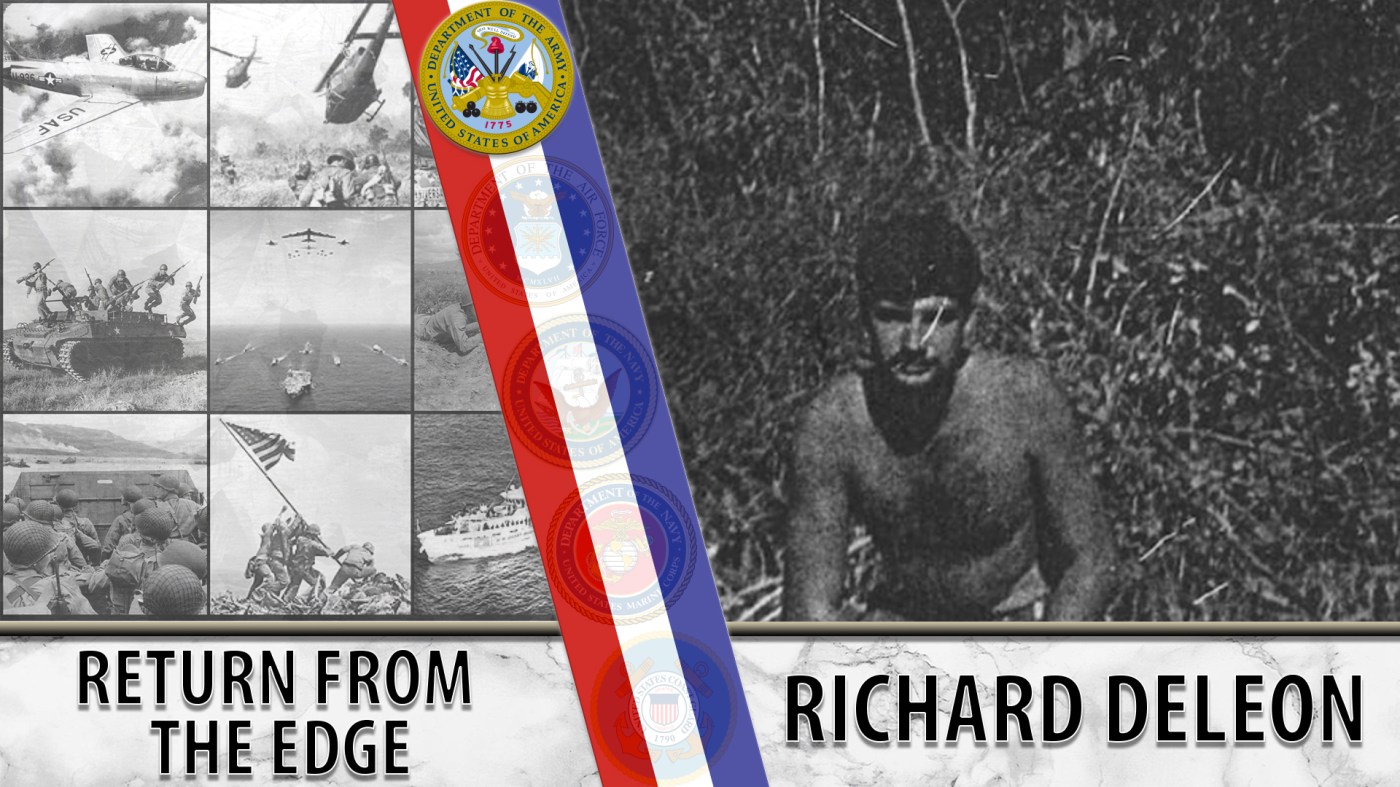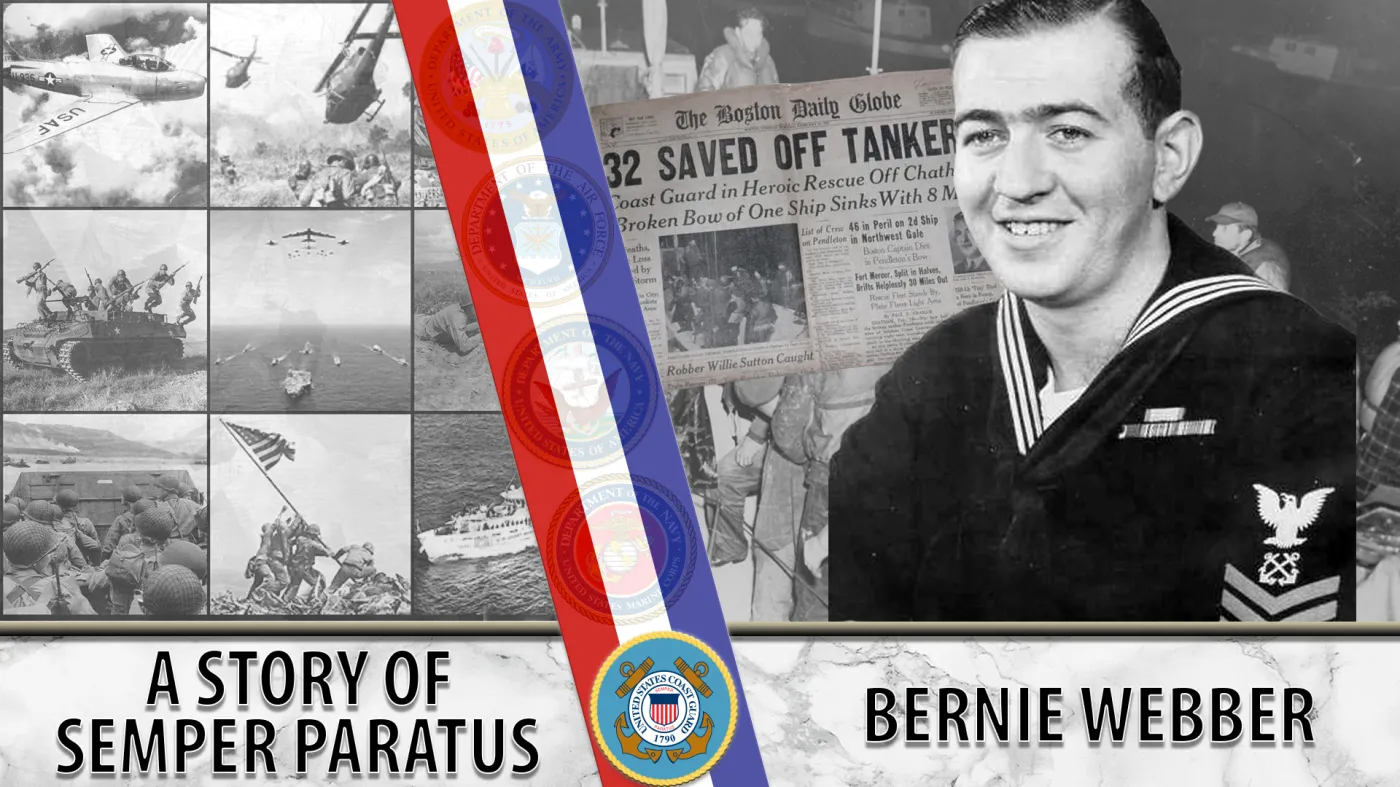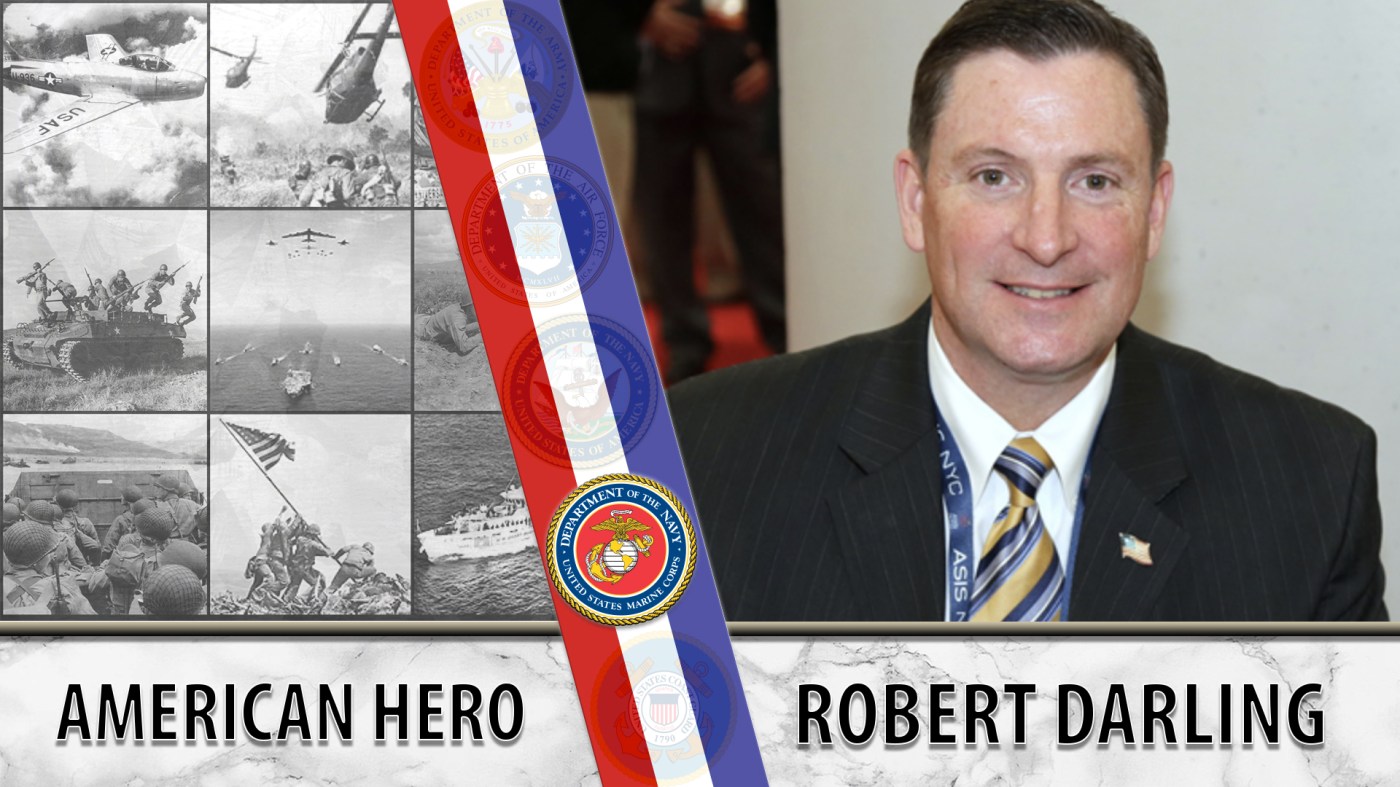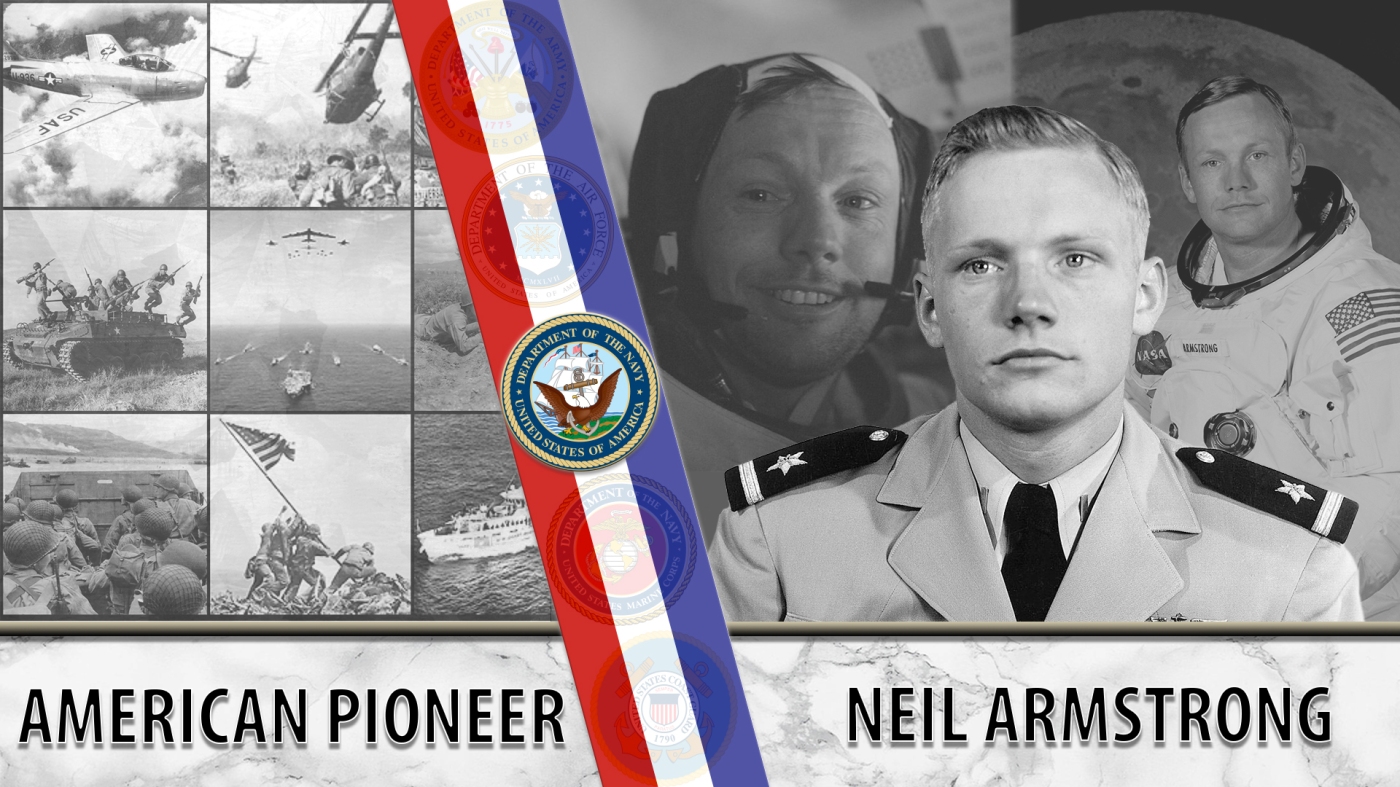
Richard DeLeon thought that his upbringing in New York had toughened him up, but everything he saw on those streets could not compare with the battlefields of Vietnam.
Richard DeLeon was born in November 1944 and grew up in New York City. As a kid, he was tough and could handle himself on the streets. But the streets of New York had nothing compared to what he’d soon see as a medic in Vietnam.
DeLeon received a draft notice in 1968. After graduating basic training, he received a selection for medic training at Fort Sam Houston in San Antonio. For the next eight weeks, DeLeon and the rest of the prospective medics learned combat lifesaving techniques. While most of the men in his training unit elected to go to Germany, Deleon chose Vietnam.
On the Ho Chi Minh Trail
DeLeon arrived in Vietnam as part of Company A, 1st Battalion, 12th Cavalry Regiment. When he got there, the First Cavalry were inserted into a region of the central highlands in South Vietnam. Their mission was to disrupt the Ho Chi Minh trail.
On one mission, and with a 70-pound medic pack strapped to his back, DeLeon struggled on the mountainous, jungle terrain. His platoon moved up the trail. At one point, he thought he heard a cough in the tree line but thought nothing of it at the time. When the platoon reached its objective, DeLeon sat down to heat up his freeze-dried food.
In the middle of his meal, he heard a thud. At his feet, he saw a Chinese Communist potato grenade. Despite diving out of the way just in time, some of the blast’s shrapnel caught DeLeon in the ankle. In the ensuing ambush, DeLeon jumped into a foxhole. B40 grenades flew overhead, and another exploded nearby, further injuring his leg. He grabbed the radio and called for air support.
The medevac wouldn’t land at night. Though none of the men were killed in the fight, 35 of the 40 were wounded. DeLeon spent the night tending to the wounded, using up all his medical bandages in the process.
After being pulled out the following morning, DeLeon spent the next three weeks convalescing in the rear. He happened to be one of the first subjects of a new medical practice to leave the wound open to oxygen for a short period to stave off infection rather than stitching and bandaging right away. He returned to action three weeks later.
The Rescue
Back at his unit, DeLeon met his new lieutenant, an Army ranger. The platoon was receiving ammo resupply from hovering helicopters. One crate of 30 grenades fell to the ground and burst open, spilling into the nearby bamboo. They found all but one. The last one exploded, killing the new lieutenant. When the helicopter came to carry away his body, it was shot down by a Viet Cong machine gun.
DeLeon ran to the crash site with Sergeant Dave Nava. One soldier had survived, and DeLeon and Nava were trying to get him out of the wreckage. They were still taking enemy fire, and gasoline poured out around them. Nava managed to free the soldier’s leg and get him out of the helicopter. Another medic treated the soldier’s injury while DeLeon retrieved the bodies from the wreckage.
Things weren’t much better when DeLeon returned home. He left the Army in 1970 and had trouble readjusting. In his experience, he felt great resources were spent to prepare the men for war, but none were used to reintegrate them back into society afterward. Eventually, he landed a job on Wall Street and sought help. Today, he believes that seeking help made him a better man.
Thank you for your service, Richard DeLeon!
Editor: Michelle Cannon
Fact Checker: Enya Lowe
Graphics: Kimber Garland
Topics in this story
More Stories
Bernie Webber led one of the greatest Coast Guard rescues in history that was later chronicled in the book and movie, “The Finest Hours.”
As the events of 9/11 unfolded, Marine Veteran Robert Darling served as a liaison between the Pentagon and Vice President Dick Cheney in the underground bunker at the White House.
NASA astronaut Neil Armstrong was the first person to walk on the moon. He was also a seasoned Naval aviator.






